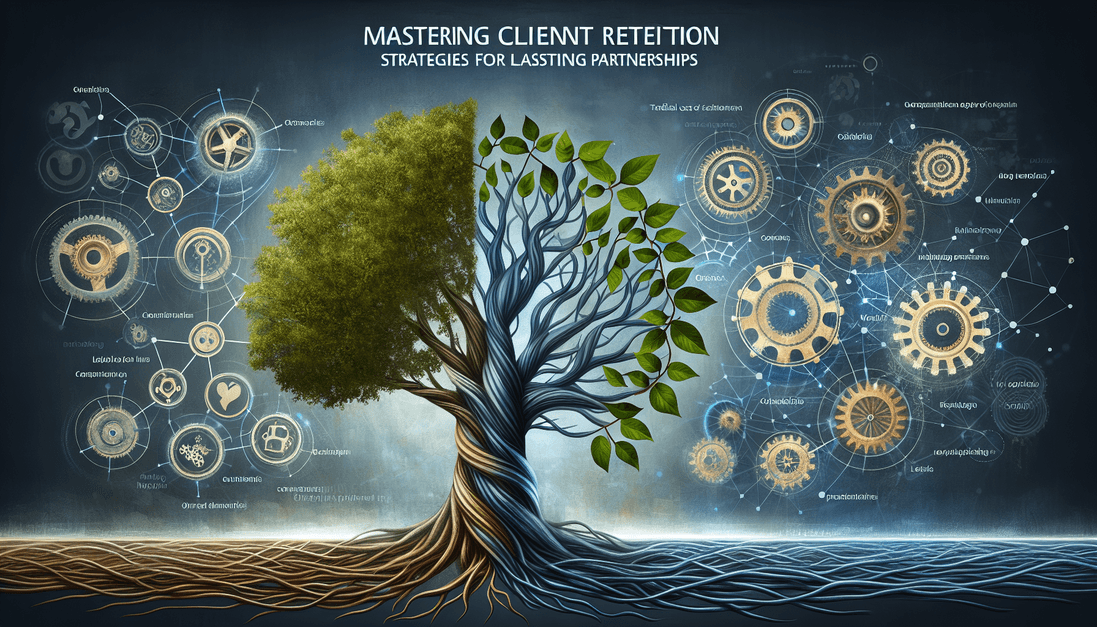Optimizing CRM Operations Center for Strategic Success in Services
So, you’re staring at a CRM system that’s supposed to make everything easier, right? Yet, somehow it feels more like a labyrinth than a lifeline. You’re not alone in this. Many teams grapple with the complexities of CRM systems and the challenges that come with optimizing them for strategic success. Seriously, if I had a dime for every conversation I’ve had about this, I’d be blogging from a beach somewhere. Let’s break it down. Optimizing your CRM Operations Center isn’t just a nice-to-have; it’s a must-do if you want to enhance performance and contribute meaningfully to your organization’s bottom line. The reality is, a well-optimized CRM can enhance customer relationships, streamline operations, and ultimately drive growth. What’s Your Current State? Before diving into how to optimize your CRM, it’s crucial to understand where you currently stand. Here’s how to gauge your CRM performance: Are your team members using it regularly? Is there data accuracy and integrity? Are you receiving valuable insights from the data collected? Is your customer feedback loop tied directly to your CRM efforts? These questions aren’t just for checking boxes. They help you pinpoint specific areas for improvement. If you find that your team isn’t engaging with the CRM, maybe it’s not user-friendly enough or lacks relevant features. Investing in User Adoption Let’s get real. If your team isn’t using the CRM, it doesn’t matter how robust the system is. Make user adoption a priority. Here’s how: Training is Key: Regular training sessions can demystify the system. Make these sessions interactive. Think workshops instead of lectures! Integration Matters: The smoother your CRM integrates with current tools, the easier it is for your associates to use it. Make that workflow seamless! Feedback Loop: Encourage your team to share their experiences with the CRM. What’s working, and what’s not? Use this feedback to tailor the system to your needs. When your team is engaged, they’re more likely to input accurate data, which means better insights for strategic decision-making. Data Quality: The Bedrock of Your CRM Data quality can make or break your CRM’s effectiveness. Think of it as the soil in which your seeds of strategy grow. If the soil is bad, your plants will struggle. Here’s how to improve your data quality: Regular Audits: Schedule audits to ensure data accuracy. If entries look like a game of telephone, it’s time to clean house. Standardize Inputs: Create clear guidelines on how data should be entered. Consistency is key! Invest in Tools: Use data quality tools to prevent errors before they happen. Remember, garbage in means garbage out. Don’t let poor data quality thwart your CRM success. Leverage Automation Wisely Quick question: who wouldn’t want to save time on repetitive tasks? Automation can be a game changer in your CRM Operations Center. But there’s a catch—use it wisely. Here are some practical ways to implement automation: Lead Scoring: Set up automated lead scoring to prioritize high-value leads. Stop wasting time on leads that won’t convert. Follow-Up Reminders: Automate reminders for follow-ups with clients. Consistent engagement is what builds strong relationships. Reporting: Set automated reports to track performance metrics without digging through data manually. Automation isn’t about replacing human effort; it’s about freeing your team to focus on what they do best: building connections! Aligning with Business Strategy Every decision you make regarding your CRM should tie back to your business strategy. Here’s how to keep your CRM aligned with organizational goals: Set Clear Objectives: Define what success looks like for your CRM usage. What specific outcomes do you want to achieve? Collaborate with Leaders: Work closely with leadership to understand broader business goals. Your CRM should support these objectives, not just function in isolation. Regular Checkpoints: Review your CRM strategy regularly to ensure it’s still aligned with the business. Things change, and your CRM needs to adapt! Being proactive here is key. Don’t wait for a crisis to initiate a conversation about alignment. You’ve got to consistently check the pulse of your CRM against your business’s evolving needs. Business Transformation via CRM Let’s chat about the word “transformation.” It’s become a buzzword, but it can also be a reality with the right approaches. A solid CRM can spearhead your business transformation journey. Here’s how: Centralized Information: Your CRM is a treasure trove of insights. Centralizing information helps your teams collaborate better. Real-Time Analytics: Use your CRM to gain real-time insights that can inform business decisions. No more waiting around for quarterly reports. Agility: A well-implemented CRM allows you to pivot quickly. If market conditions change, you’ll be ready to adapt. By employing your CRM as a transformative tool, you can strategically position your business to thrive, not just survive. Continuous Improvement through Feedback Have you ever heard the saying, “feedback is gold?” It’s true. Create a culture that thrives on feedback to continuously improve your CRM efforts. Client Surveys: Regularly seek feedback from clients to improve their experience. Team Reflections: Encourage your team to reflect on their experiences. What obstacles are they facing? What features do they wish they had? Benchmarking: Compare your CRM performance with industry standards. Where do you stand? This isn’t just a box to check off. Feedback should lead to actionable insights that inform your strategies moving forward. Final Thoughts on CRM Optimization Your CRM Operations Center holds the potential for strategic success. But simply having a CRM isn’t enough. You need to invest time and resources to optimize it fully. By focusing on user adoption, data quality, automation, business alignment, and continuous feedback, you can unlock powerful capabilities that propel your shared services into the future. Let’s remember—this isn’t a one-time project. CRM optimization is an ongoing journey, one that demands your attention, creativity, and finesse. When done right, the rewards are invaluable, not just for your team, but for your customers and the organization as a whole. For more insights on shared services transformation, process optimization, and so much more, check out THEGBSEDGE blog. It’s a fantastic resource packed with expertise and stories
Optimizing CRM Operations Center for Strategic Success in Services Read More »









